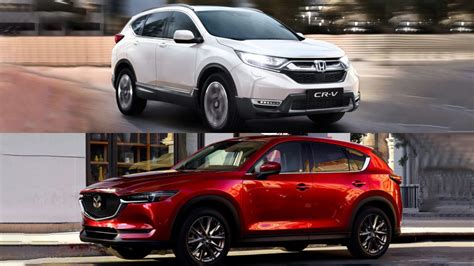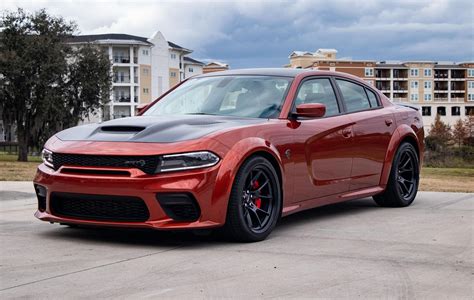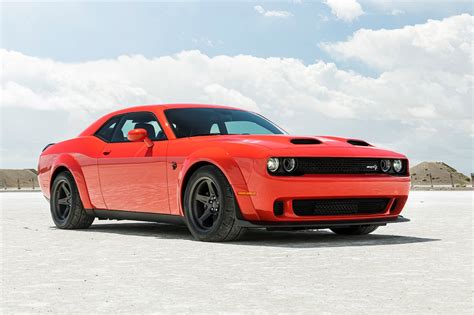
Mazda CX-50 vs. Honda CR-V: A Comprehensive Comparison
The Mazda CX-50 and Honda CR-V are two of the most popular compact SUVs on the market. Both vehicles offer a spacious interior, ample cargo space, and a variety of features. However, there are some key differences between the two SUVs that shoppers should be aware of before making a purchase.
Design and Styling
The Mazda CX-50 and Honda CR-V have distinct design languages. The CX-50 features a more rugged and adventurous design, with a prominent grille, blacked-out accents, and a higher ride height. The CR-V, on the other hand, has a more refined and sophisticated design, with a sleek profile, chrome accents, and a lower ride height.
Interior and Comfort
Both the CX-50 and CR-V offer spacious and comfortable interiors. The CX-50 has a more upscale interior with premium materials and a modern design. The CR-V's interior is more spacious and practical, with more headroom and legroom for passengers.
Cargo Space and Versatility
The CX-50 and CR-V offer similar cargo space, with the CX-50 offering slightly more cargo space behind the rear seats. However, the CR-V has a more versatile cargo area with a wider opening and a lower load floor. The CR-V also offers more interior storage space with a larger center console and door pockets.
Powertrain and Performance
The CX-50 and CR-V offer different powertrain options. The CX-50 comes standard with a 2.5-liter four-cylinder engine that produces 187 horsepower and 186 lb-ft of torque. The CR-V comes standard with a 1.5-liter turbocharged four-cylinder engine that produces 190 horsepower and 179 lb-ft of torque. Both SUVs offer all-wheel drive as an option.
Fuel Economy and Efficiency
The CX-50 and CR-V have similar fuel economy ratings. The CX-50 gets an EPA-estimated 24 mpg in the city and 30 mpg on the highway with front-wheel drive and 23 mpg in the city and 29 mpg on the highway with all-wheel drive. The CR-V gets an EPA-estimated 28 mpg in the city and 34 mpg on the highway with front-wheel drive and 27 mpg in the city and 32 mpg on the highway with all-wheel drive.
Safety and Driver Assistance Features
The CX-50 and CR-V offer a variety of safety and driver assistance features. Both SUVs come standard with a suite of airbags, anti-lock brakes, and traction control. The CX-50 offers a wider range of available safety features, including blind spot monitoring, lane departure warning, and adaptive cruise control. The CR-V offers a similar range of safety features, but it also offers a few unique features, such as a rear cross-traffic alert and a lane keeping assist system.
Price and Value
The CX-50 and CR-V have similar starting prices. The CX-50 starts at $26,800, while the CR-V starts at $25,750. However, the CX-50 offers more standard features than the CR-V, and it comes with a longer warranty. The CR-V offers a wider range of available features, but it also has a higher price tag.
Conclusion
The Mazda CX-50 and Honda CR-V are both excellent compact SUVs that offer a spacious interior, ample cargo space, and a variety of features. The CX-50 has a more rugged and adventurous design, while the CR-V has a more refined and sophisticated design. The CX-50 offers a more upscale interior and a wider range of available safety features, while the CR-V offers more cargo space and a lower price tag. Ultimately, the best SUV for you will depend on your individual needs and preferences.

